In the realm of consumer electronics, the CPU power supply stands as the unsung hero, ensuring the smooth operation of our computers. Often overlooked, this component is crucial for the stability and performance of the system. This guide aims to shed light on the intricacies of CPU power supplies, breaking down complex concepts into understandable insights. Whether you’re building a PC from scratch or simply curious about how your computer operates, understanding the CPU power supply is key.
Table of Contents:
– What is a CPU Power Supply?
– Importance of Choosing the Right CPU Power Supply
– Key Features to Look for in a CPU Power Supply
– Common Issues and Troubleshooting Tips
– How to Properly Maintain Your CPU Power Supply
What is a CPU Power Supply?
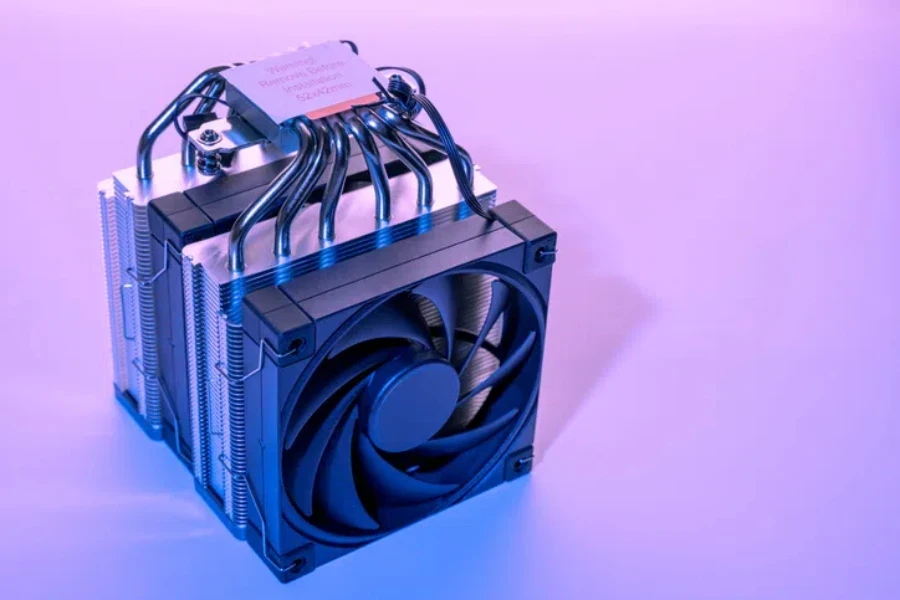
The CPU power supply, often referred to as the PSU (Power Supply Unit), is the component that provides the necessary electrical power to your computer. It converts the alternating current (AC) from your wall outlet into a continuous form of power that the computer’s components can use, namely direct current (DC). The stability and efficiency of this conversion process are paramount, as any fluctuations can harm the delicate circuits within.
A good CPU power supply does more than just convert power. It distributes the right amount of electricity to each component, ensuring that the CPU, graphics card, hard drives, and other peripherals receive the power they need without overloading. This delicate balance is what keeps your computer running smoothly and efficiently.
Understanding the PSU’s role in your computer’s ecosystem is the first step towards appreciating its importance. It’s not just about providing power; it’s about providing the right kind of power where and when it’s needed.
Importance of Choosing the Right CPU Power Supply
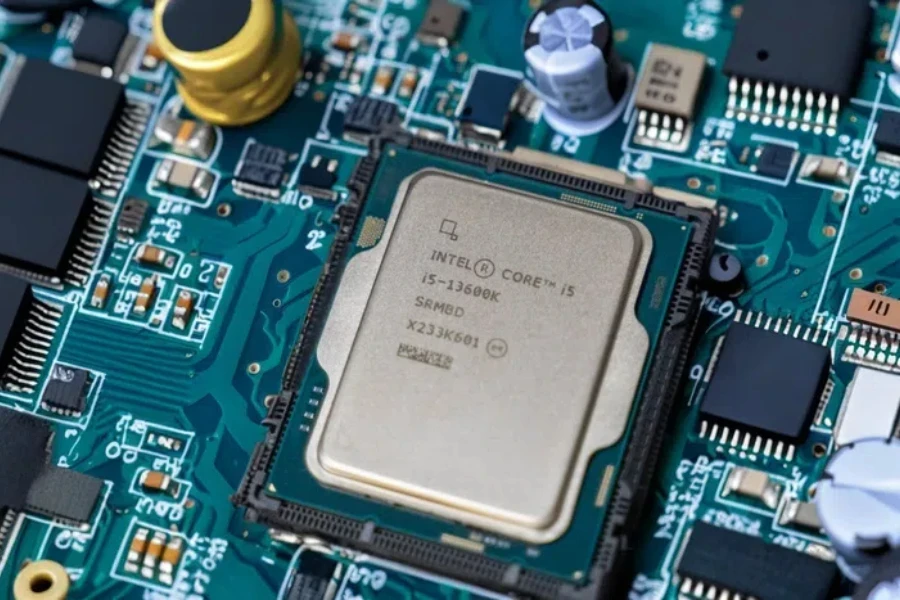
Selecting the appropriate CPU power supply is crucial for several reasons. First and foremost, it ensures the longevity of your computer’s components. A power supply that delivers a stable and clean electrical current can significantly reduce the risk of hardware failure. This stability is especially important for high-performance components that draw a lot of power, such as gaming graphics cards and high-speed processors.
Moreover, the efficiency of a CPU power supply impacts your electricity bill and the environment. High-efficiency power supplies waste less electricity in the form of excess heat, translating to lower energy costs and a smaller carbon footprint. Additionally, a well-chosen PSU can offer headroom for future upgrades, allowing you to add more components without the need for a new power supply.
The right power supply also contributes to the overall noise levels of your computer. Models with high-quality fans and advanced temperature control can operate more quietly, making for a more pleasant working or gaming environment.
Key Features to Look for in a CPU Power Supply
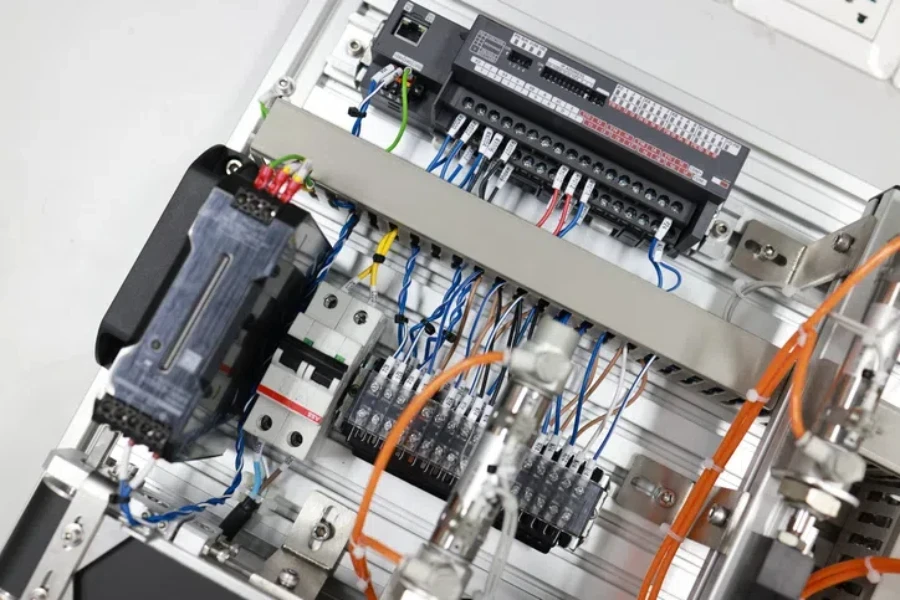
When shopping for a CPU power supply, there are several key features to consider. Wattage is perhaps the most critical factor. The PSU must provide enough power to support all your components, but purchasing one with a much higher wattage than needed can lead to inefficiency and unnecessary expense. Calculating your system’s power requirements and adding a margin for future upgrades is a sensible approach.
Another important feature is the efficiency rating. Look for power supplies with an 80 Plus certification, which guarantees that the unit is at least 80% efficient at various loads. Higher efficiency ratings, such as 80 Plus Bronze, Silver, Gold, Platinum, and Titanium, offer even greater efficiency and reliability.
The form factor is also crucial. Make sure the power supply fits your computer case and is compatible with your motherboard. Common form factors include ATX, microATX, and mini-ITX. Additionally, modular power supplies allow you to connect only the cables you need, reducing clutter and improving airflow within the case.
Common Issues and Troubleshooting Tips
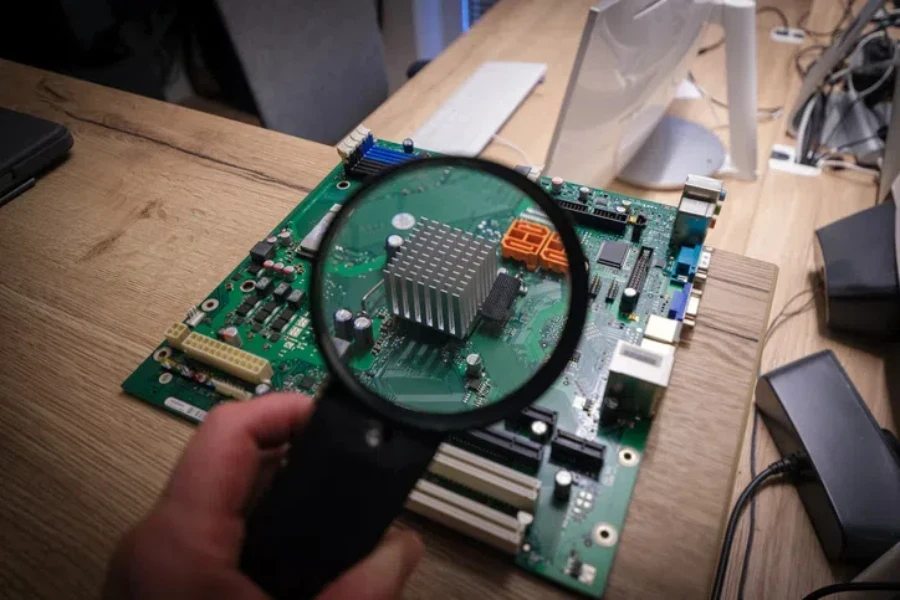
Even the best CPU power supplies can encounter issues. Common problems include the computer not starting, random shutdowns, or the PSU making unusual noises. These issues often stem from a faulty power supply, incorrect installation, or inadequate wattage.
Troubleshooting should start with checking the power connections and ensuring the PSU is correctly installed. If problems persist, testing the power supply with a PSU tester or multimeter can help diagnose the issue. Remember, safety first: always turn off and unplug your computer before working on the power supply.
How to Properly Maintain Your CPU Power Supply
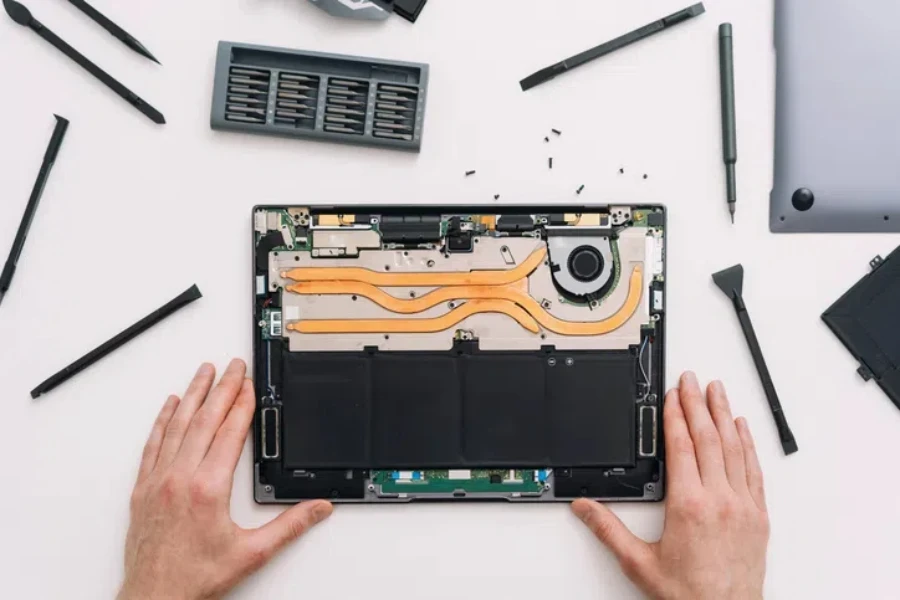
Proper maintenance can extend the life of your CPU power supply and prevent issues. Keeping the PSU clean and dust-free is crucial; dust buildup can lead to overheating and inefficiency. Use compressed air to gently remove dust from the unit and its surroundings.
Ensuring good airflow within the computer case is also important. Avoid blocking air vents and consider adding additional case fans if temperatures are consistently high. Finally, periodically check the power supply and its cables for signs of wear or damage, replacing any faulty components as needed.
Conclusion
The CPU power supply is a foundational component of any computer, crucial for performance, stability, and the longevity of the system. By understanding what to look for in a PSU, recognizing and troubleshooting common issues, and maintaining the unit properly, you can ensure your computer runs smoothly for years to come. Remember, a little knowledge and care can go a long way in the world of consumer electronics.



